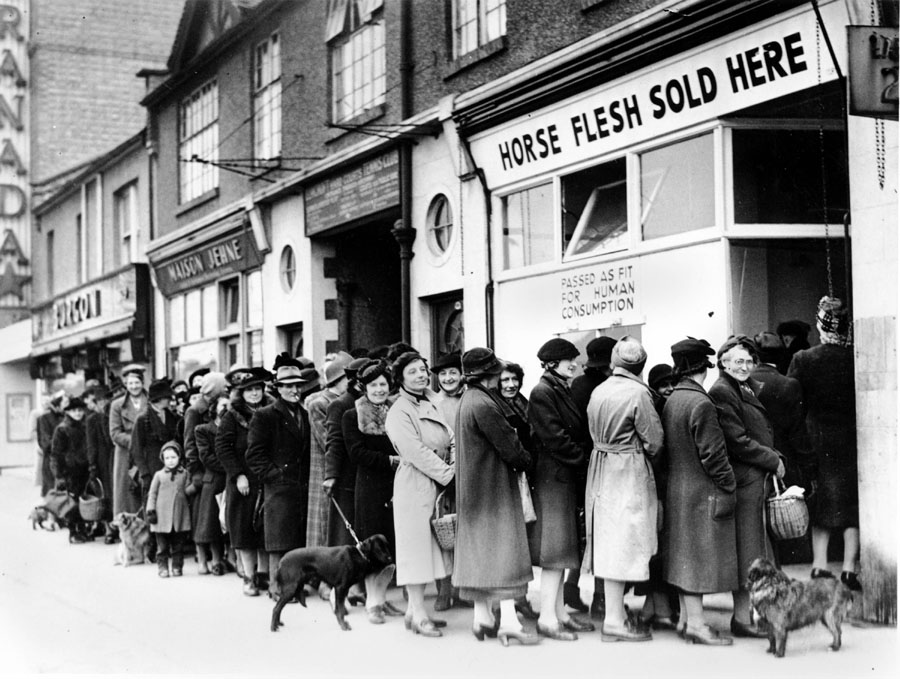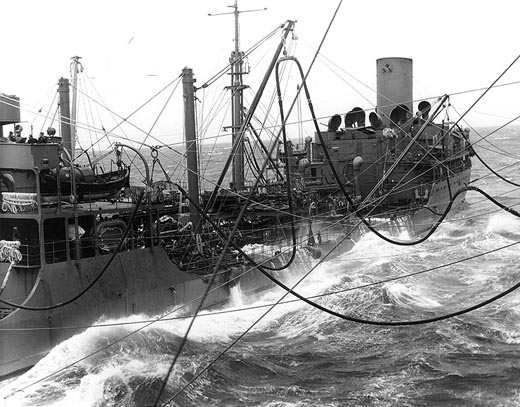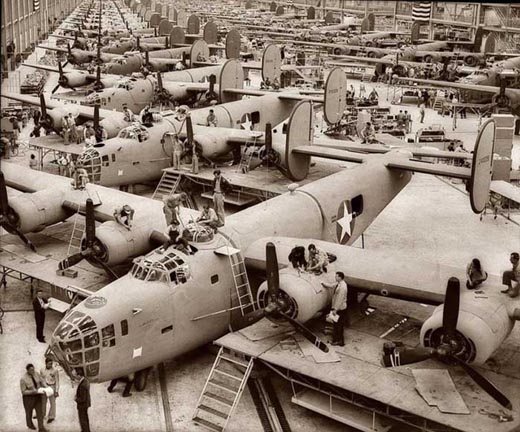Air Operations, Europe
BOMBER COMMAND- In the Augsburg Raid, 12 RAF Lancasters are sent to bomb a diesel engine factory in Augsburg, Bavaria, 500 miles from the French coast. 30 Bostons and a large Fighter Command effort are sent to targets in northern France to divert German fighter attention away from this raid. This effort is not so successful as 4 of the Lancaster are shot down on their way to Augsburg. 8 reach the target at roof-top height and drop 17 bombs. 7 of the planes are lost, the others damaged. Although the bombing is accurate the casualties are too heavy to repeat this type of operation.
- During the night, 173 aircraft including 134 Wellingtons, 23 Stirlings, 11 Halifaxes and 5 Manchesters are sent to Hamburg. 107 crews claim to have bombed Hamburg, the German estimate is that no more than 50 did. 75 fires are started with 33 being classified as large. 23 people are killed and 66 injured. 7 Wellingtons and 1 Manchester are lost.
- In minor operations, 22 Whitleys are sent to St Nazaire, 4 aircraft to Le Havre, 6 Blenheim Intruders to Holland and 9 planes lay mines off Heligoland. 1 Intruder and 1 minelaying Manchester are lost.
- First fatal casualty of the ATS (Auxiliary Territorial Service) is reported: Pvt Nora Caveney, 18 years old, is killed at an anti-aircraft battery during a night raid on Southampton.
Women Line Up to Buy Meat |
 |
Burma
On the Irrawaddy front, the Japanese block the road north and south of Pin Chaung near Yenangyaung. The Chinese 38th Division from Kyaukpadaung and part of the 17th Indian Division from Natmauk are rushed to the area of Magwe to relieve enemy pressure on the Burmese 1st Division. Their attempts are unsuccessful and the Burmese 1st Division is trapped around Magwe. Further north the Japanese hold the main road in the Irrawaddy Valley at Yenangyaung. They cut the road north and south of Pin Chaung, near Yanangyaung. The Chinese forces in the Sittang Valley and at Mauchi come under heavy pressure and have to give up the defense of Pyinmana. The Japanese maintain pressure on the Chinese T-55th Division in the Bawlake-Mauchi area.
> [Occupied France
Gen Henri Giraud, ex-CO of the French 9th Army, escapes from Konigstein Castle, near Dresden, by climbing down a 46-m-long 'home-made' rope. He disguises himself as a commercial traveller and reaches Switzerland assisted by Free French agents on April 21. Hitler offers a reward of 100,000 marks for his recapture. This is the 63-year-old Giraud's second escape from captivity in Germany. During World War I he had reached England disguised as a tram conductor.
[ Re-Fueling the Fleet |
 |
United States, Politics
The US Ambassador in Vichy France, Adm William D. Leahy, is called home for consultations.
[ B-24 Liberator Bombers Rolling Off the Assembly Line |
 |